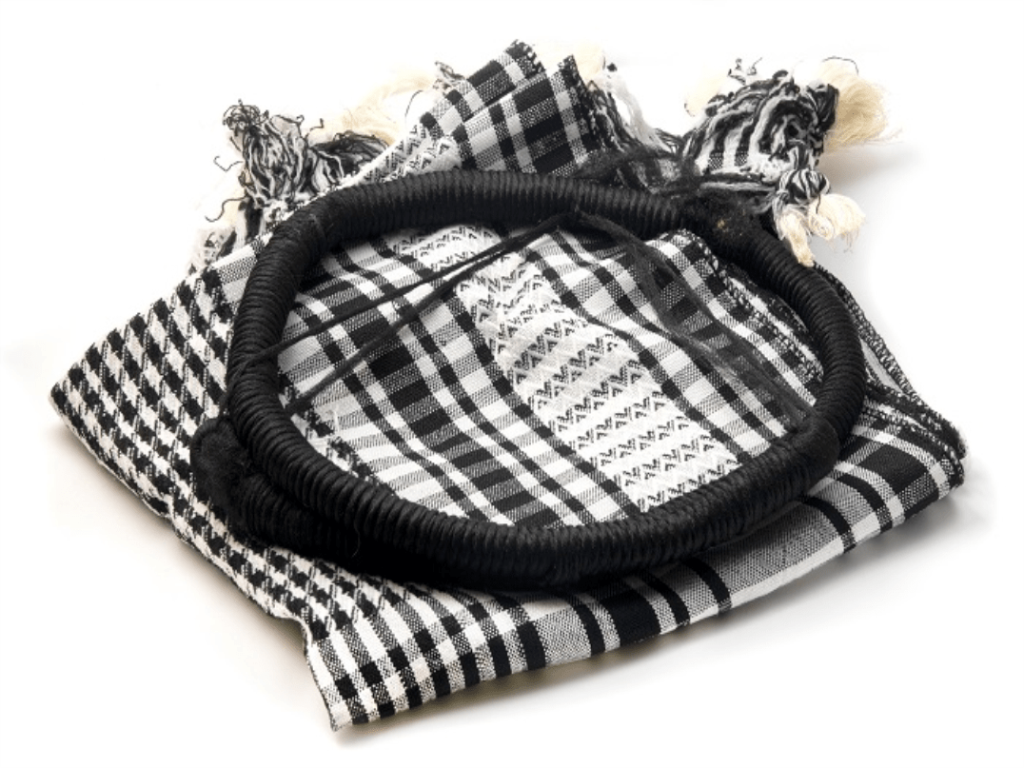I’ll never forget the first time I saw someone wearing a Keffiyeh. It is the traditional Arab headdress, in the shape of a square scarf. It was a cold winter’s day in Amman, Jordan, and one my students was wearing this beautiful, traditional Palestinian black and white Keffiyeh around his neck.
“Wow, that’s a beautiful scarf” I said. “Where did you get it?”
“Thanks, teacher. It’s a gift from my dad. He went to Palestine and brought it to me. It’s original, from one of the last Keffiyeh shops in Palestine. Not like those Chinese ones you can buy from the internet. The black and white means it’s Palestinian and my family is from there,” he said, quite proudly throughout.
“Well it sure is a nice scarf,” I repeated and then started our lesson.
The next day, after class, he presented me with a thin box.
“This is for you, teacher. Hope you like it.”
The thin box had a black and white scarf, similar to his, but with just the slightest hint of a silver thread sewn in around it.
“I… I don’t know what to say. I’m touched.”
“Don’t worry, teacher. It’s a gift for you from my father.”
I shook his hand and thanked him. Of course, the next day I was sporting it around my neck in the cold winter chill of Amman.
Most people associate the keffiyeh with the Palestinians and Yasir Arafat. Actually, it’s part of the Arab culture since the days of the Fertile Crescent. Men wore it to keep the sunburn off of their necks and dust and sand out of their ears, eyes and hair.
Variations across the Middle East
Different regions wear different colors. The Palestinians usually wear the black and white checkered patterned version. The Jordanians wear red and white. Yemenis use both the black, white, and red and white checkered patterns. Eastern Iraq people prefer plain white, as the rest of the Arabian Peninsula. People there refer it sometimes as a ghutra.
Perhaps the most famous of these, of course, is the black and white Keffiyeh. It is the symbol of Palestinian nationalism since the 1936–1939 Arab revolt in Palestine. It gained popularity during the Palestinian resistance thanks to Leila Khaled and Yasir Arafat who famously wore them. Today it has become a symbol of solidarity with Palestine among Arabic-speaking countries and the rest of the world.
Of course, wearing the Keffiyeh today does not come without its criticism from both sides of the political divide. I still wear mine however. Not as a political or fashion statement, not only warms my neck, but also serves as an affectionate reminder of a time when I was first shown the well-known Arab hospitality.
If you enjoyed this article, meet us over at kaleela.com for everything you wanted to know about Arab culture and the Arab language. And would like to start learning Arabic, why not head over to our website and download the Kaleela Arabic learning app and learn to speak Arabic today?




